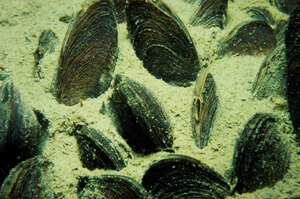Search
Emus | Native animals
The word emu comes from the Portuguese word 'ema', which means 'large bird'.
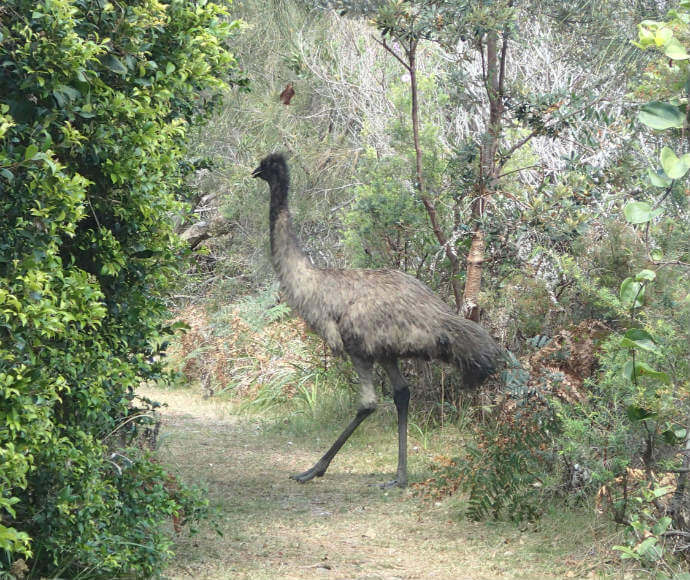
Flying-foxes | Native animals
Flying-foxes are nomadic mammals that travel across large areas of Australia, feeding on native blossoms and fruits, spreading seeds and pollinating native plants.
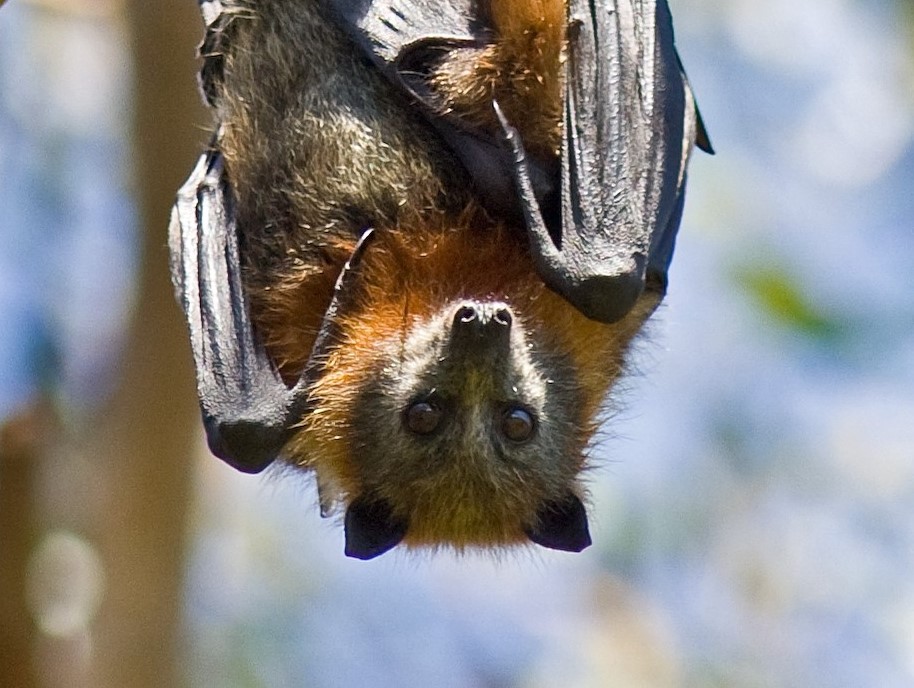
Why are flying foxes protected? | Native animals
The grey-headed flying fox is listed as a threatened species and is protected by law because numbers have rapidly declined over a relatively short period of time.
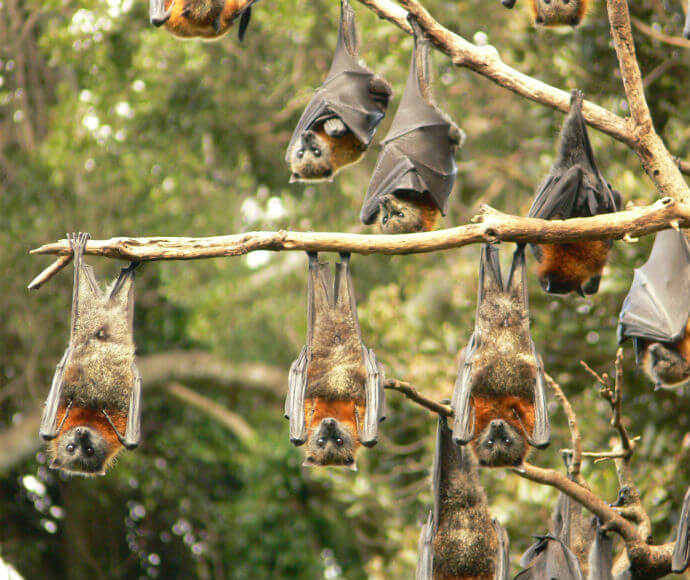
Health and handling | Native animals
Human infections from viruses borne by flying foxes are very rare. There is no risk of infection if you do not make physical contact with a flying fox.
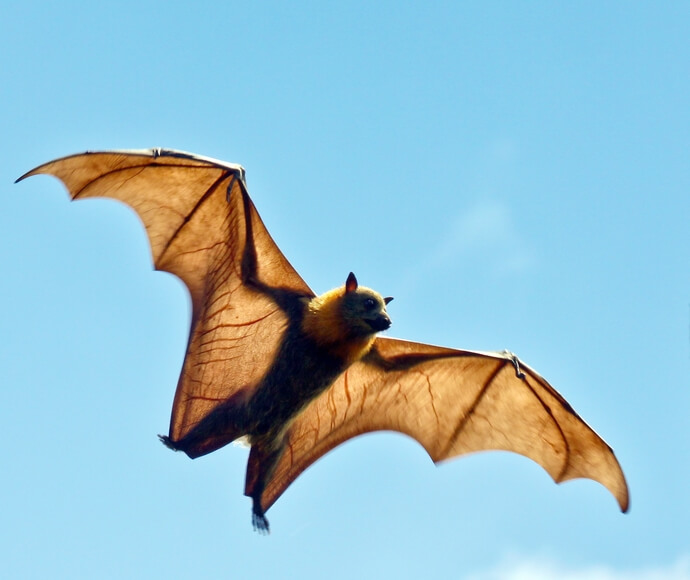
Living near a flying-fox camp | Native animals
A flying-fox camp is a patch of trees that flying-foxes are found in during the day. Living near these camps can sometimes be a problem, but there are ways to minimise the disturbance camps can cause.
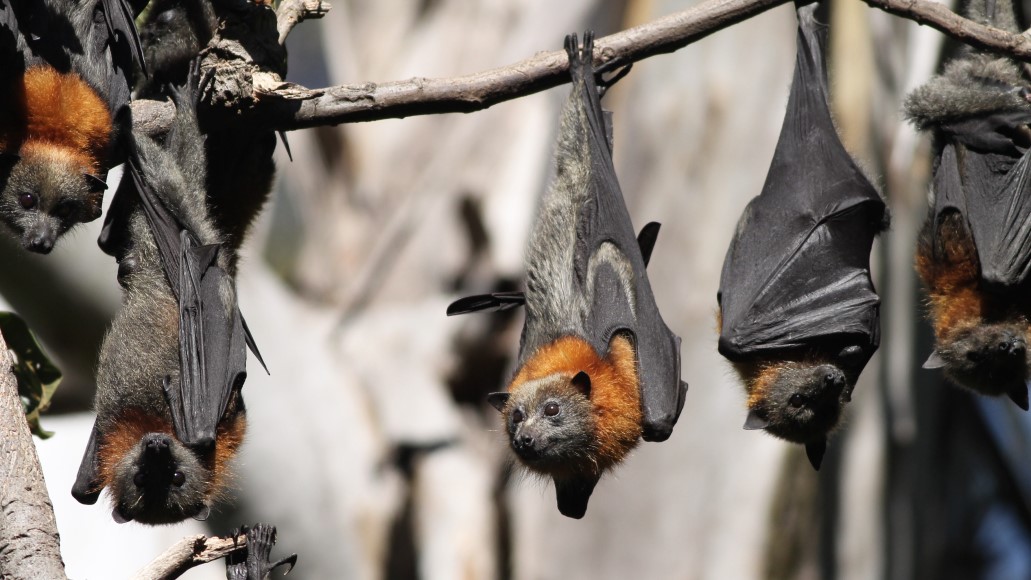
About water quality | Water quality
Water quality determines the condition or health of waterways, such as our rivers, wetlands and coastal waters.
Monitoring flying-fox camps and populations | Native animals
National Flying-fox Monitoring Program data helps us improve our understanding of flying-fox population trends and better manage their conservation and impacts on communities.

Flying-fox research | Native animals
There is significant research about flying-foxes underway, including populations, foraging habitat, causes of mortality and camp management strategies.
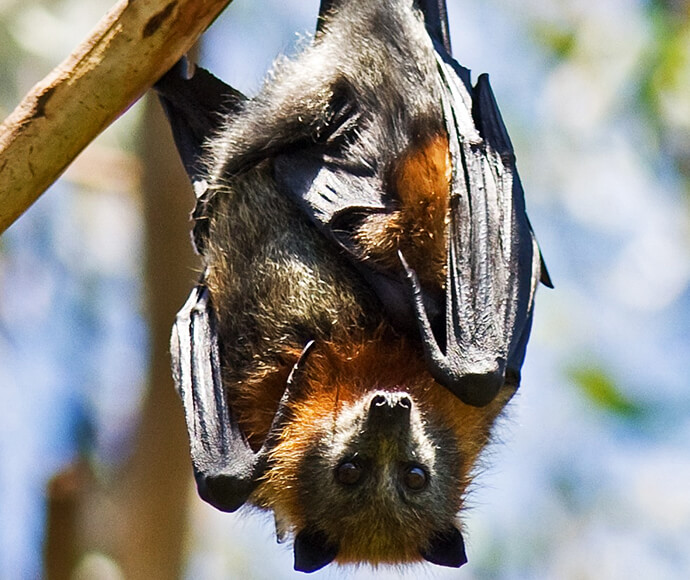
Freshwater mussels | Native animals
Freshwater mussels are large, brown-black bivalved molluscs that live on the bottom of streams and lakes, sometimes in dense beds containing thousands of shells.
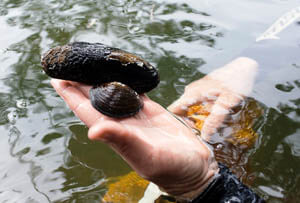
Identifying mussels | Native animals
Adult shells vary in size from about 50 to 200 mm in length but most shells fit snugly in the palm of your hand. The shell colour of mussels ranges from brown to black, although it can be green in young shells.
